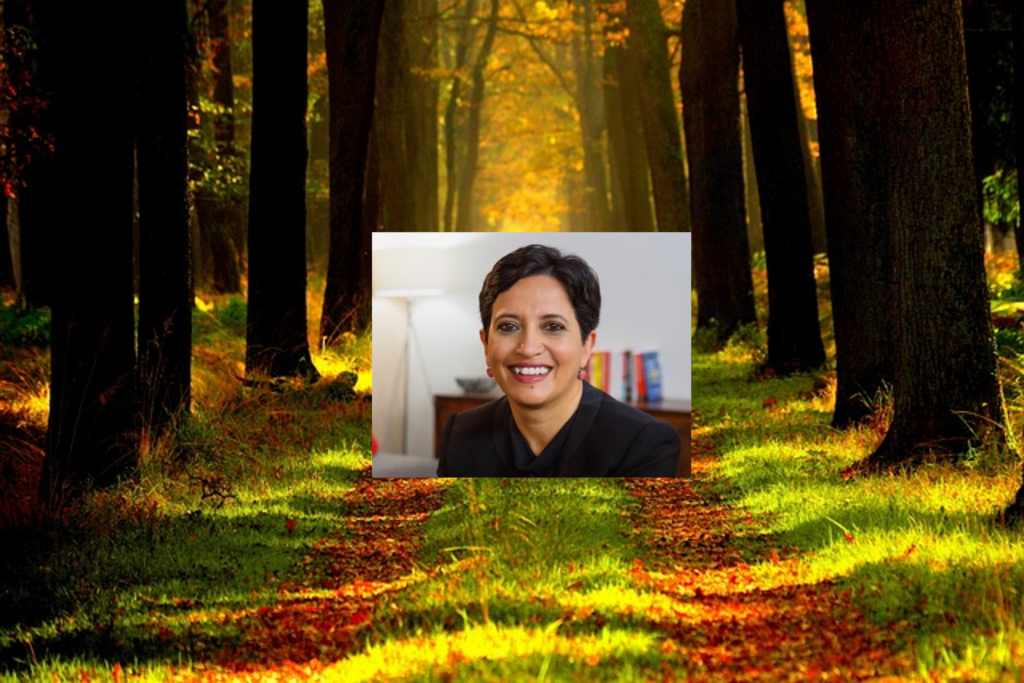Entrepreneur Journeys
The Startup Velocity Question: What Hinders Acceleration in VC Funded Companies?

I have been running 1Mby1M since 2010. I find myself saying to entrepreneurs ad nauseam that VCs want to invest in startups that can go from zero to $100 million in revenue in 5 to 7 years.
Startups that do not have what it takes to achieve velocity should not be venture funded.
Experienced VCs, over time, have developed heuristics to gauge what constitutes a high growth venture investment thesis.
>>>1Mby1M Udemy Courses with Sramana Mitra: Bootstrapping

Over the course of two years, we have released over 70 courses on Udemy with the aim to democratize entrepreneurship education at scale globally. This series of posts aims to help you find the one you need easily and provide you with discount coupons.
>>>Towards Personalization: Strands Founder Francisco Martin (Part 1)
Dr. Francisco Martin, serial entrepreneur and the CEO/Founder of Strands, has found his niche applying AI solutions to various technology problems. At Strands he has developed an intelligent agent which understands and learns your personal tastes via several different methods. >>>
Featured Videos
Can 1M/1M Help Me Raise Money?
How Does 1M/1M Democratize Entrepreneurship Education?
How Does 1M/1M Democratize Management Consulting?
When Is The Right Time To Join 1M/1M?
Can 1M/1M Help Me With Business Development?
Can 1M/1M Help Me With Market Sizing?
Can 1M/1M Help Me Validate My Product?
Will I Have Private 1-on-1 Sessions In 1M/1M?
How Does 1M/1M Help Entrepreneurs Connect With Silicon Valley?
Mentoring or Consulting?
Why Does 1M/1M Charge $1000 a Year?
Why Does 1M/1M Partner With Local Organizations?
Why Don\’t Mentoring Networks Work?
Why Is It Important To Study With 1M/1M Now?
Dan Stewart Story
Vikrant Mathur Story
Social Networking Without Boundaries : hi5 CEO Ramu Yalamanchi (Part 1)
Ramu Yalamanchi runs hi5, one of the leading social networking companies in the world. The company is recognized as one of the fastest growing social networking companies. Here I discuss the strategy behind hi5 with Ramu and gain some of his insights for the future. >>>
Vertical Travel Search Engine Kayak CEO Steve Hafner (Part 1)
I have written endlessly about the verticalization of the web, and the rise of vertical search engines, vertical ad networks, and the threat they pose to Google. I have also featured Kayak in the Deal Radar series earlier, and here, I speak with their CEO for a comprehensive discussion on Kayak’s strategy. >>>
Catching Up on Readings: Design In The 21st Century
Time for another round of recap since the last one on May 10 … See what you have missed, and catch up. >>>
Bringing Banking To The Cell Phone Masses : Obopay CEO Carol Realini (Part 1)
What do you do when you have had a wildly successful career and are happily retired? If you are Carol Realini you spend some time doing global humanitarian work and then you start a new business venture! Carol, CEO and founder of Obopay, has found not only a second career but also a potential opportunity to shape the way millions around the globe access banking services. Here I discuss with Carol how inspiration on a trip to Congo has resulted in a new multi-million dollar venture. >>>
Catching Up on Readings: Hydro Alchemy
Since the last catching up list on April 26, you may have accumulated more backlog. What’s with the Yahoo-Microsoft frenzy? Here’s a quick cache of the articles since then that you may want to make sure you read: >>>
Right Technology, Right Time: Opportunistic Ocarina CEO Murli Thirumale (Part 1)
Timing is an essential aspect of any successful venture. Attempt to launch the venture too soon and the market may not exist or be mature enough to sustain your venture. Enter the market too late and you are bound to be fighting competition. Murli Thirumale has repeatedly brought high technology to the market, and recounts his successes and failures with market timing with some invaluable lessons. Here we review his portfolio of ventures and discuss his current startup, Ocarina Networks.
SM: Murli, let’s start with your background. Tell us where you come from, a bit about your background and what brought you to where you are now.
MT: My hometown is Bangalore, the city of traffic jams! I traveled up north and went to school up north in Benares. From there I went right to Chicago to go to business school at Northwestern. After Northwestern I came out here and worked for HP for the next 15 years. >>>
Pioneering Change in the Memory Market: MetaRam Visionary Fred Weber (Part 1)
One trend occurring over the past decade is a reduction in the overall innovation by entrepreneurs in the semiconductor space. With the roll out of multi-core processors it is obvious that chokepoints in processing speed are going to lie in places like the bus and memory. That is where MetaRam comes into play. A small team like the one at MetaRam, developing next generation memory, promising dramatic performance increases (8GB Dimms and 8GB DDR2 RDIM are just appetizers), is just the type of venture the Valley needs more of. Aside from impressive technology there is a vetted strategic roll-out in place, orchestrated by Fred Weber, former CTO of AMD. >>>
Catching Up on Readings: Bootstrap Yourself!
Amidst the ocean of content that is coming at you, readers, I am sure you find yourselves overwhelmed. Here’s a recap of some articles from this site which you may have missed, but may be worth your time: >>>
Mashing Together A Job Search Engine: SimplyHired CEO Gautam Godhwani (Part 1)
There are plenty of job search engines out there. So what makes this one an interesting story? It’s their innovation (the first to use the new LinkedIn API), their ability to reach localized job markets (over 30,000 cities), and all while delivering a customized user experience. This is the direction that successful vertical search engines will (and must) go to truly deliver a value added experience. Here SimplyHired CEO Gautam Godhwani discusses his past ventures, his current venture and his vision for the future.
SM: Let’s begin by discussing your pre-SimplyHired story. What can you share to inspire potential entrepreneurs?
GG: I am not sure what others will consider inspirational! I have been in this area for 26 years. I grew up in Delhi and spent the first 9 years of my life there. My dad worked for the government so he moved around a lot. I went to various places in north and south India and spent a year in Kabul, Afghanistan. I spent a year in Houston when I first came to the US in 1981, and I have been in California since then. >>>
